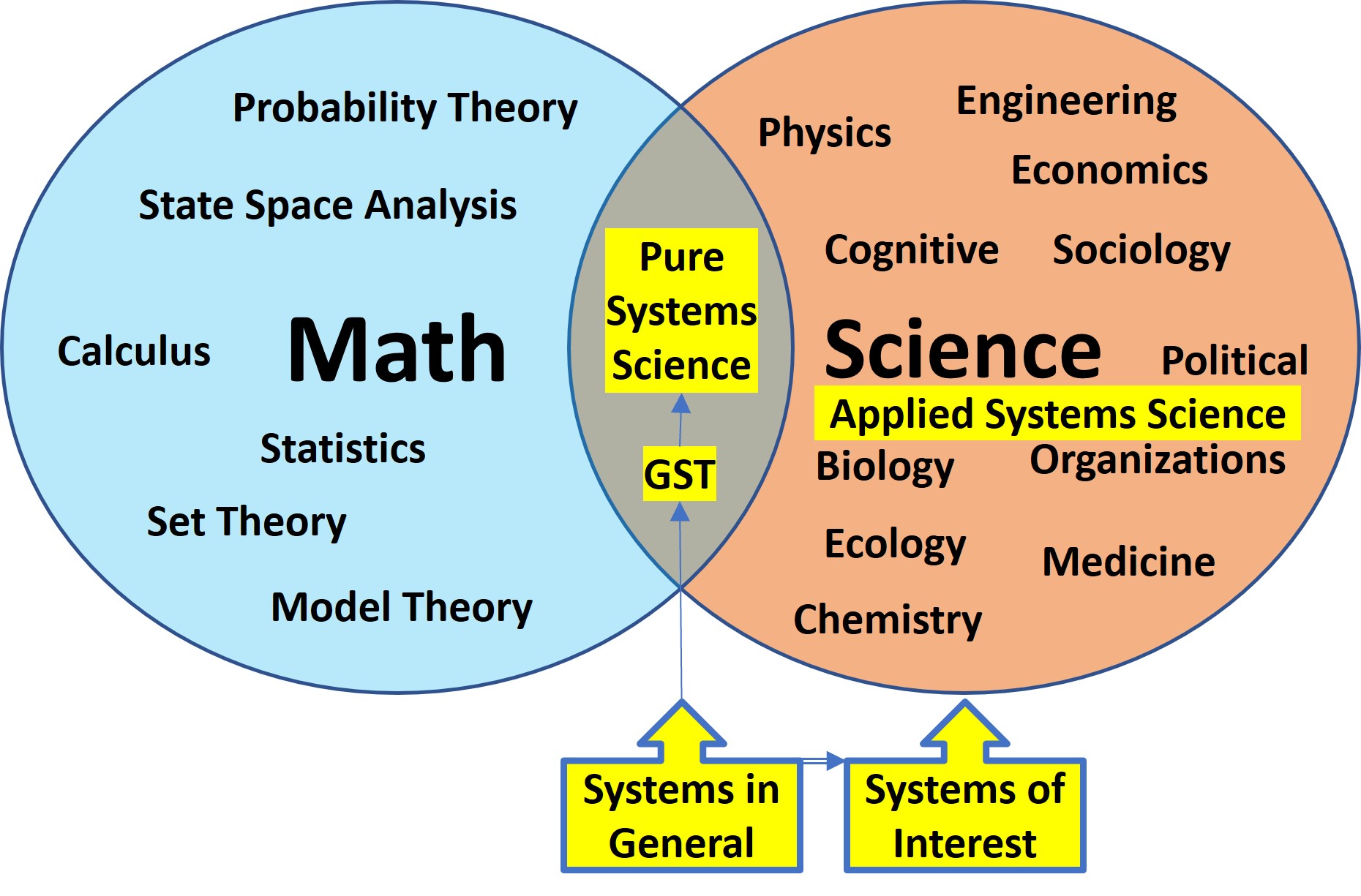Definitions
The following definitions of system and architecture are being used:
- ISO 9000:2015: System: set of interrelated or interacting elements
- ISO 15288:2015: System: combination of interacting elements organized to achieve one or more stated purposes
- ISO 15288:2023: System: arrangement of parts or elements that together exhibit a stated behaviour or meaning that the individual constituents do not.
- ISO 15288:2023: System Element: discrete part of a system that can be implemented to fulfil specified requirements
- INCOSE 2019: A system is an arrangement of parts or elements that together exhibit behavior or meaning that the individual constituents do not.
- ISO 42010:2011: Architecture: [of a system] fundamental concepts or properties of a system in its environment embodied in its elements, relationships, and in the principles of its design and evolution
- ISO 42010:2022: Architecture: [of an entity] fundamental concepts or properties of an entity in its environment and governing principles for the realization and evolution of this entity and its related life cycle processes.
- ISO 15288:2023: Architecture: [of a system] fundamental concepts or properties of an system in its environment and governing principles for the realization and evolution of this system and its related life cycle processes.
The following definitions are used for Environment:
- ISO 42010: 2011 and ISO 15288:2015: Environment: (system) context determining the setting and circumstances of all influences upon a system
- ISO 9000:2015: Context of the Organization: combination of internal and external issues that can have an effect on an organization’s approach to developing and achieving its objectives
Other definitions will be provided.
- System Property
- System Structure and Pattern of Organization.
- System Behaviour and Structural Changes
When a system is considered a system-of-interest, a System Description will be prepared. This allows any 'holons' in a system hierarchy to be documented using the same template and ensure that the systemic properties used in the system are aligned to the overall system at the top of the hierarchy.
The system-of-interest System Description may be identified in the Based on: text above if the system is the top of a hierarchical system breakdown to establish the scope of the system.
Any domain definitions or principles that relate to this type of system (e.g. in the system ontology) should be included here or referenced through a link.
Russell Ackoff Definition: System: A system is a whole consisting of two or more parts that satisfies the following five conditions:
- The whole has one or more defining properties or functions
- Each part of the set can affect the behavior or properties of the whole
- There is a subset of parts that is sufficient in one or more environments for carrying out the defining function of the whole; each of these parts is necessary but insufficient for carrying out this defining function.
- The way that each essential part of a system affects its behavior or properties depends on (the behavior or properties of) at least one other essential part of the system.
- The effect of any subset of essential parts on the system as a whole depends on the behavior of at least one other such subset.
It follows from the definition of a system that its properties derive from the interactions of its parts, not their actions taken separately. A system is a whole whose essential properties, its defining functions, are not shared by any of its parts. A system is a whole that cannot be divided into independent parts without loss of its essential properties or functions.
Donella Meadows: System: A set of elements or parts that is coherently organized and interconnected in a pattern or structure that produces a characteristic set of behaviors, often classified as its "function" or "purpose".
-
A system is more than the sum of its parts
-
Many of the interconnections in systems operate through the flow of information.
-
The least obvious part of the system, its function or purpose, is often the most crucial determinant of the system's behaviour.
-
System structure is the source of system behavior. System behavior reveals itself as a series of events over time.
Definition: Environment: The environment of a system consists of those things that can affect the properties and performance of that system, but over which it has no control.
That part of its environment that a system can influence, but not control, is said to be transactional. Consumers and suppliers, for example are part of a corporation's transactional environment.
That part of a system's environment that can neither be influenced nor controlled is said to be contextual, for example, the weather and other natural events, such as floods and earthquakes, and in the case of a corporation, at least come competitive behavior.
Ludwig von Bertalanffy System: a set of elements standing in inter-relations among themselves and with environment. The characteristics of the complex, therefore, compared to those of the elements, appear as "new" or "emergent." "What we can say, while we can conceive of a sum as being composed gradually, a system as total of parts with its interrelations has to be conceived of as being composed instantly."
"It is generally agreed that 'system' is a model of general nature, that is, a conceptual analog of certain rather universal traits of observed entities. "
This general system concept is based upon mathematics and provides a general system approach for developing information about a system-of-interest. The following picture highlights this position.
